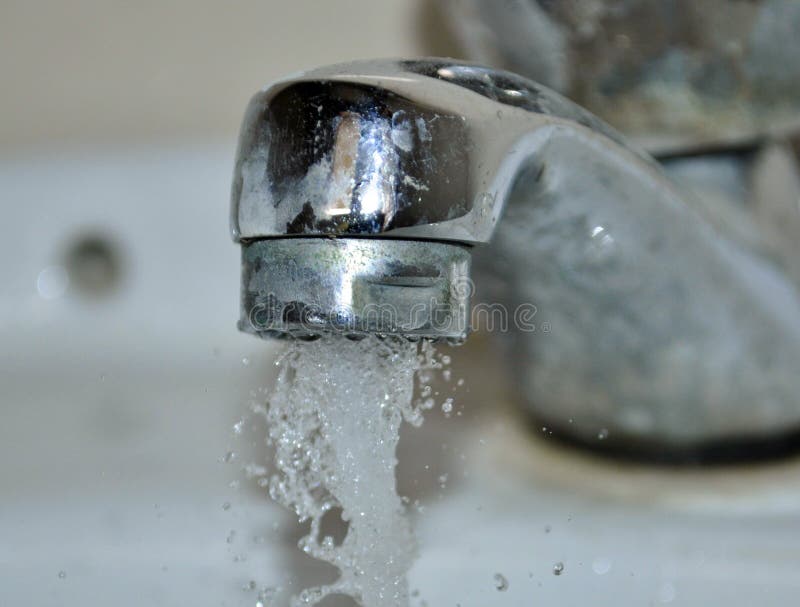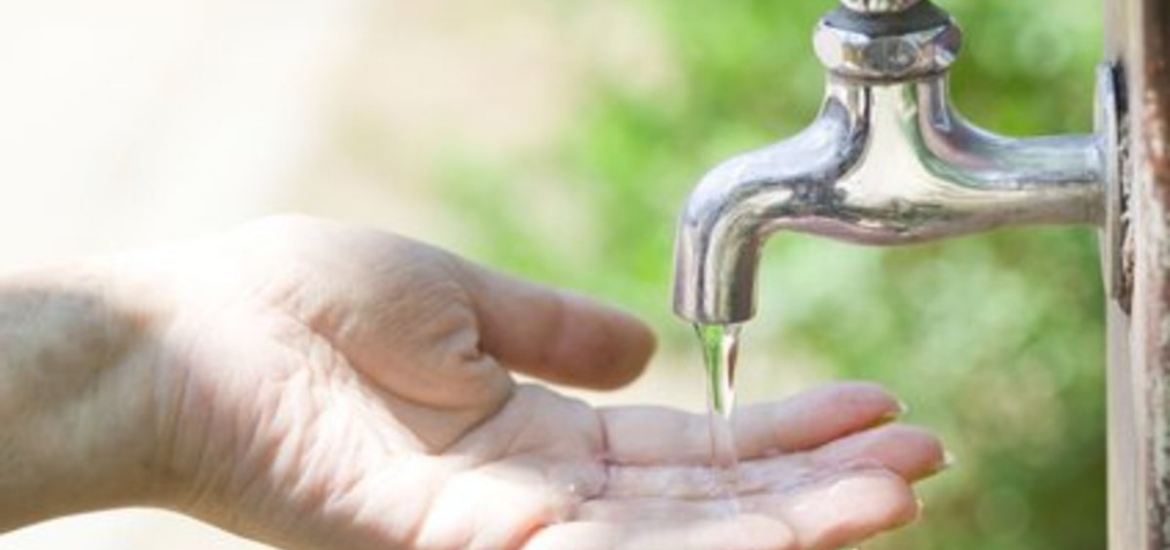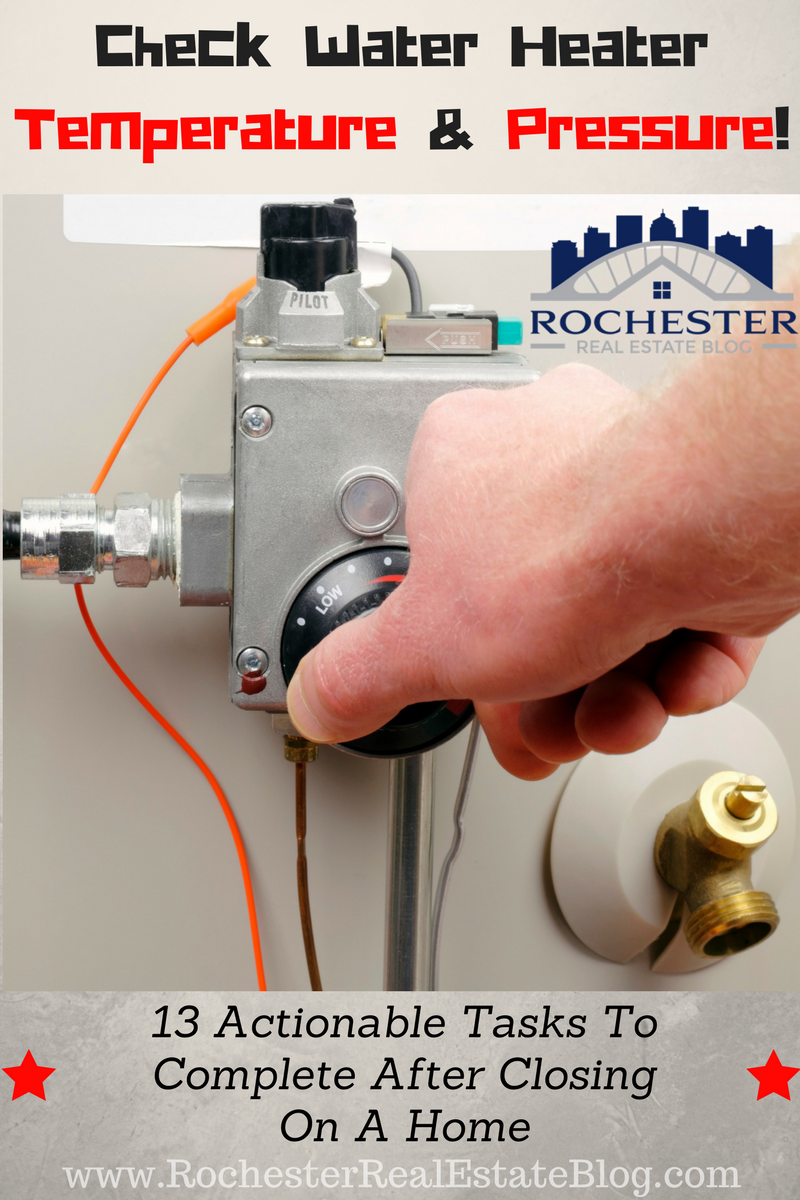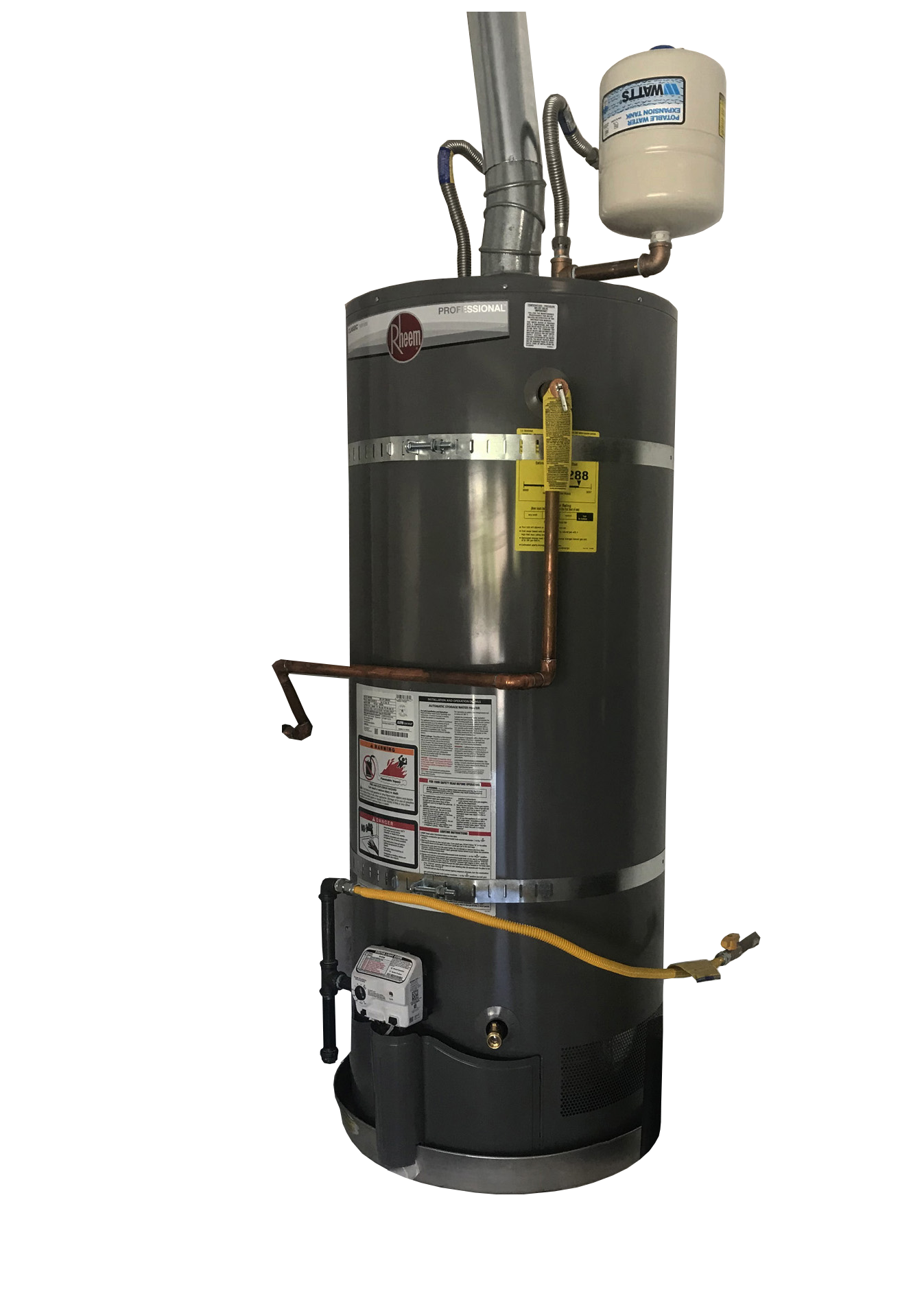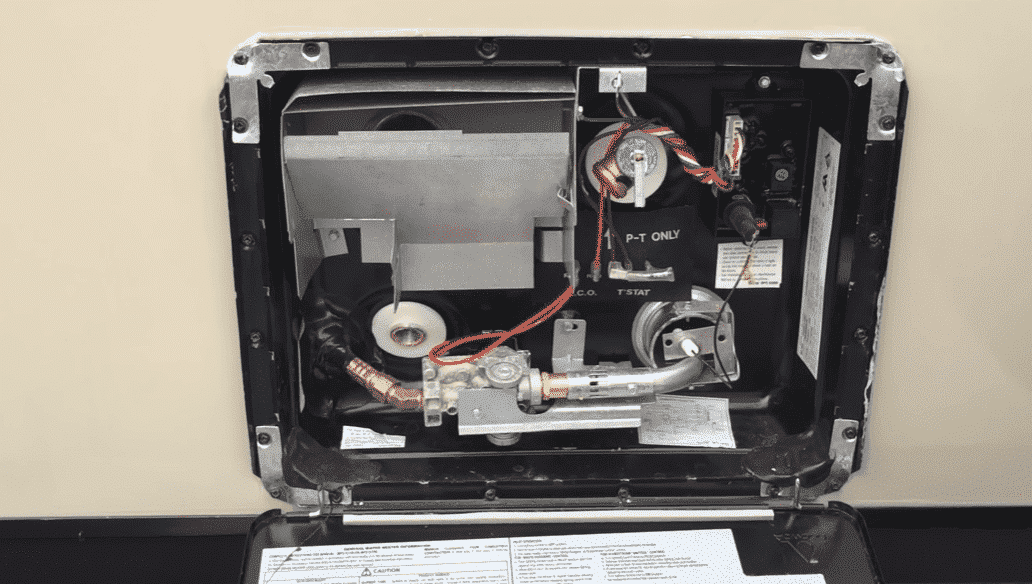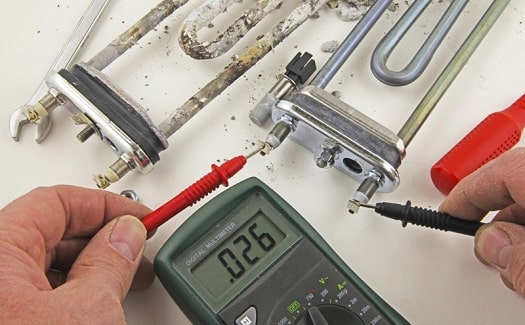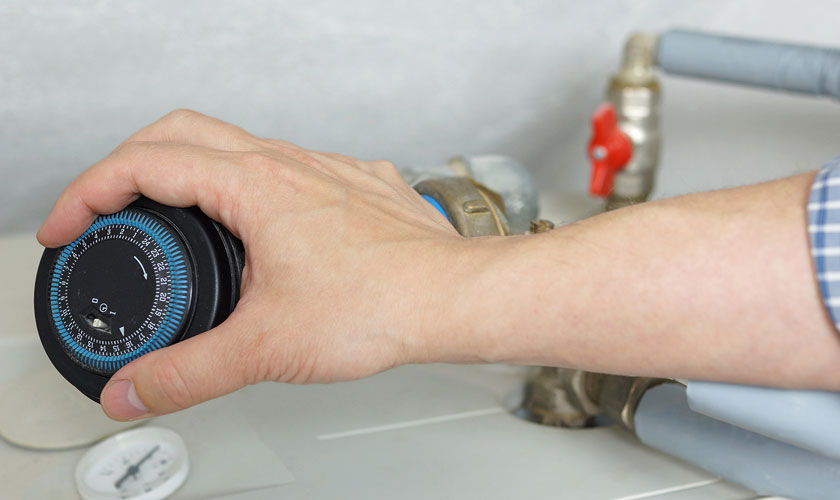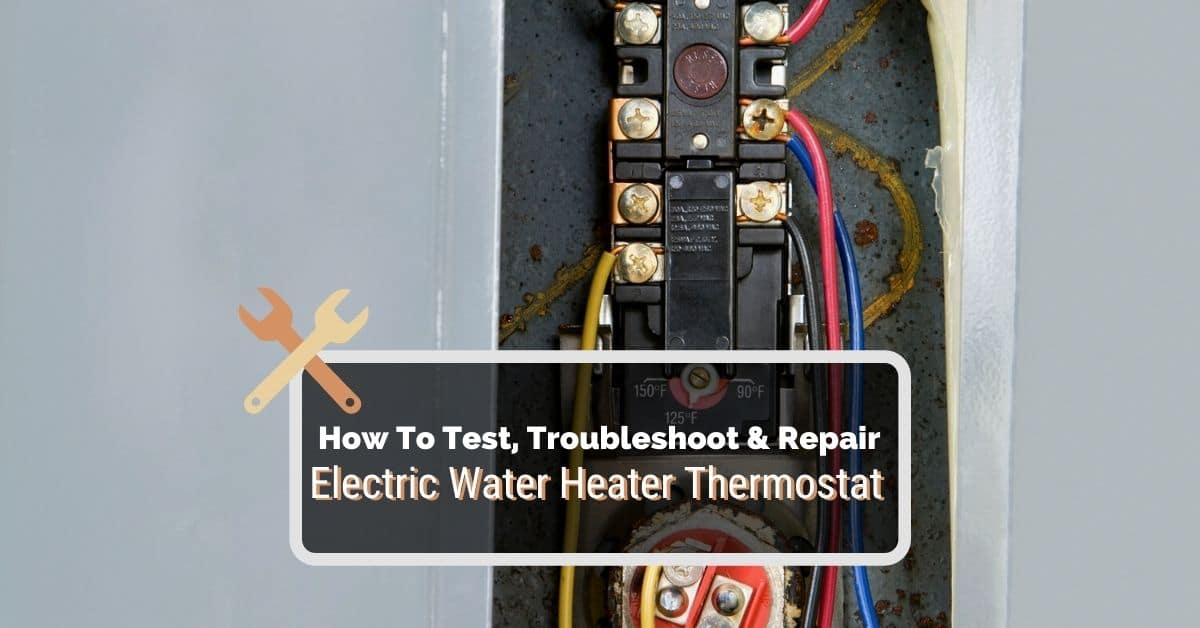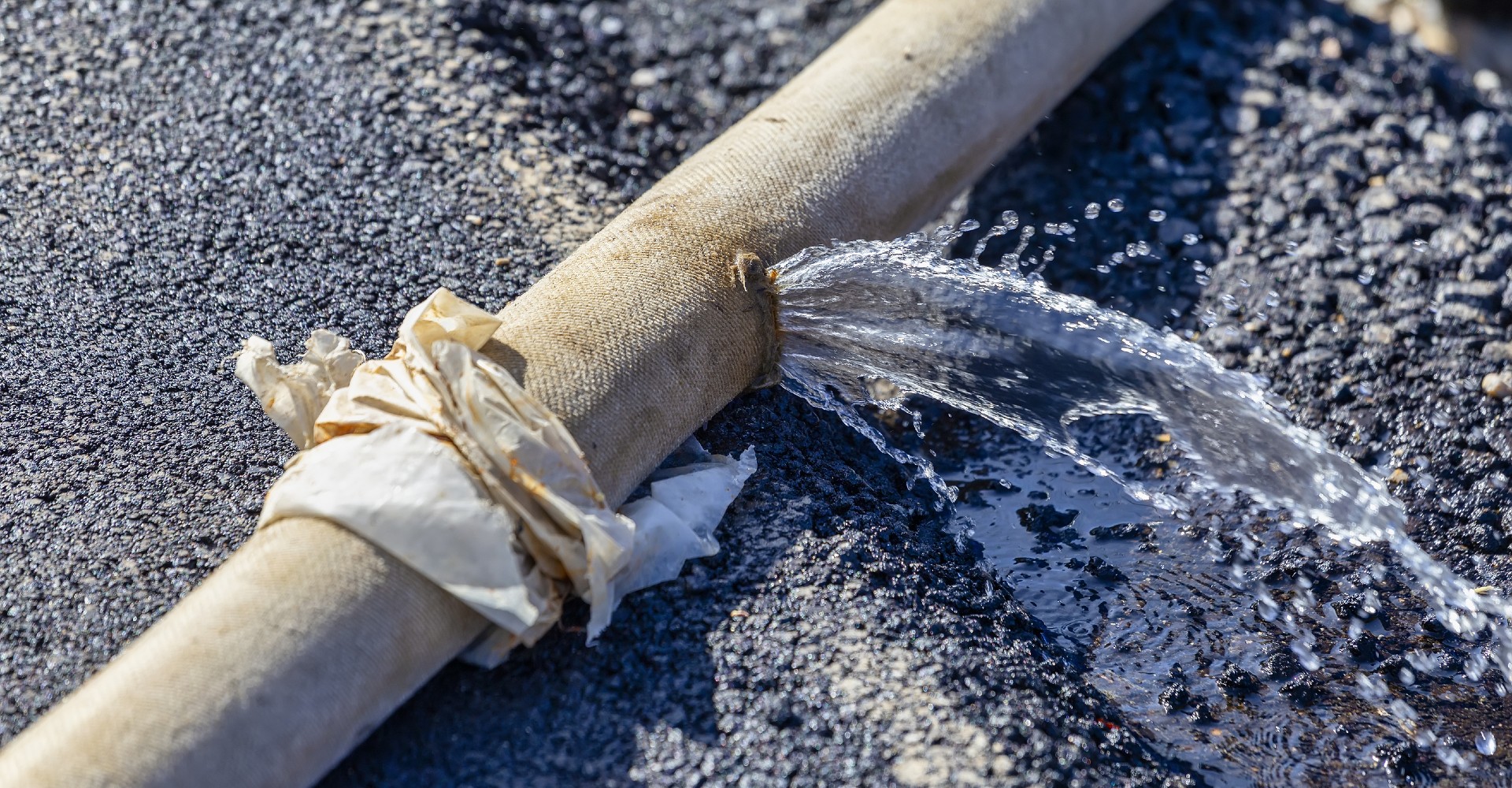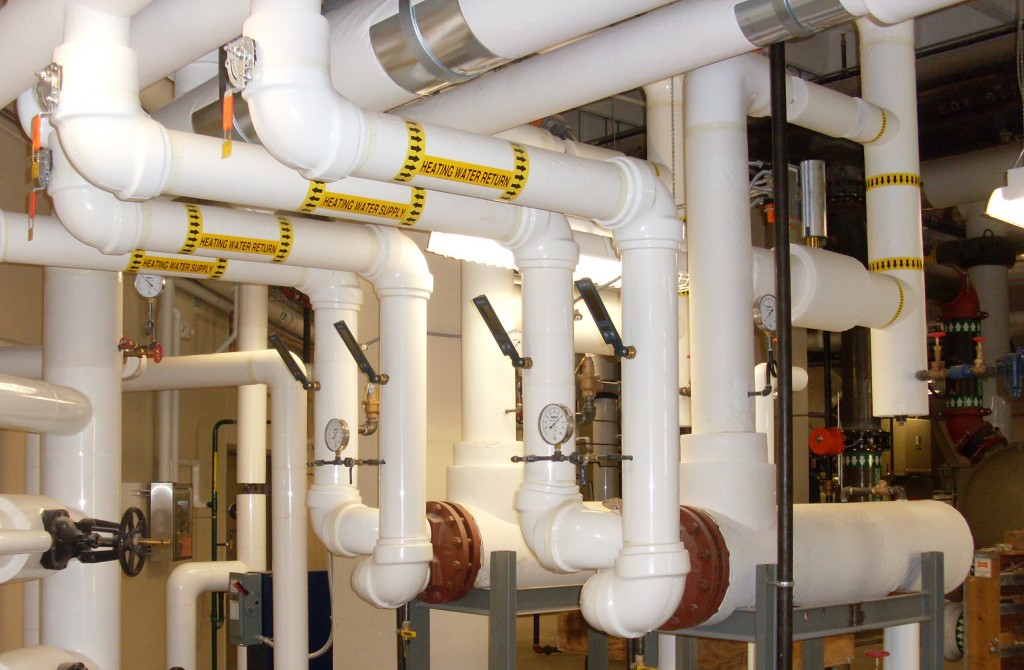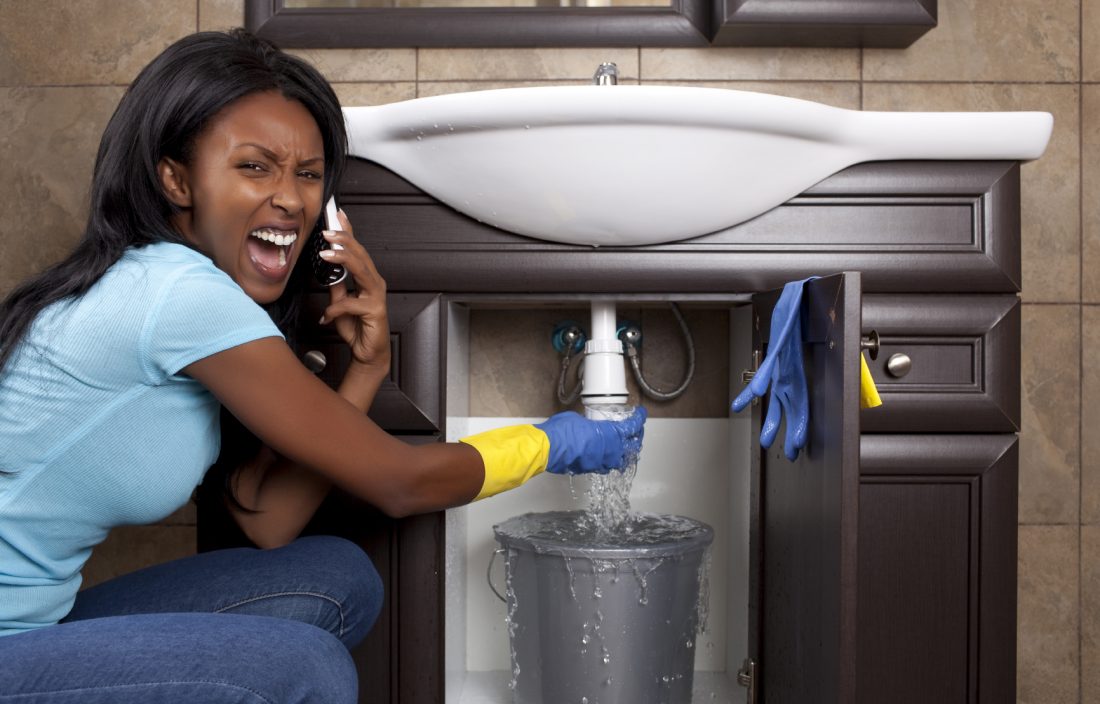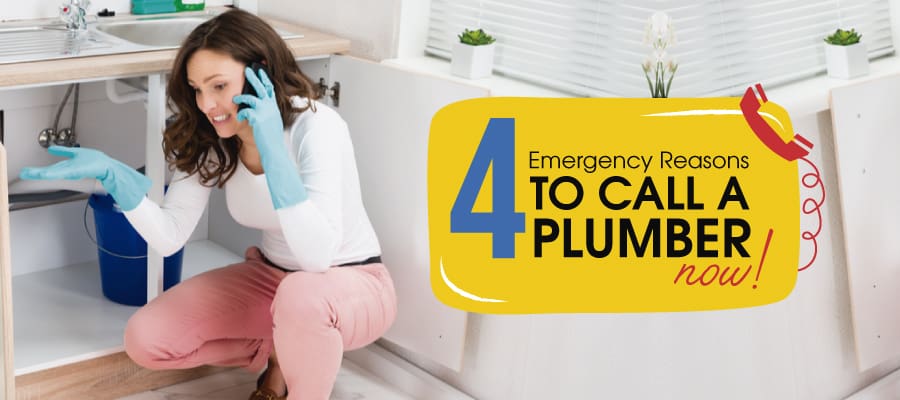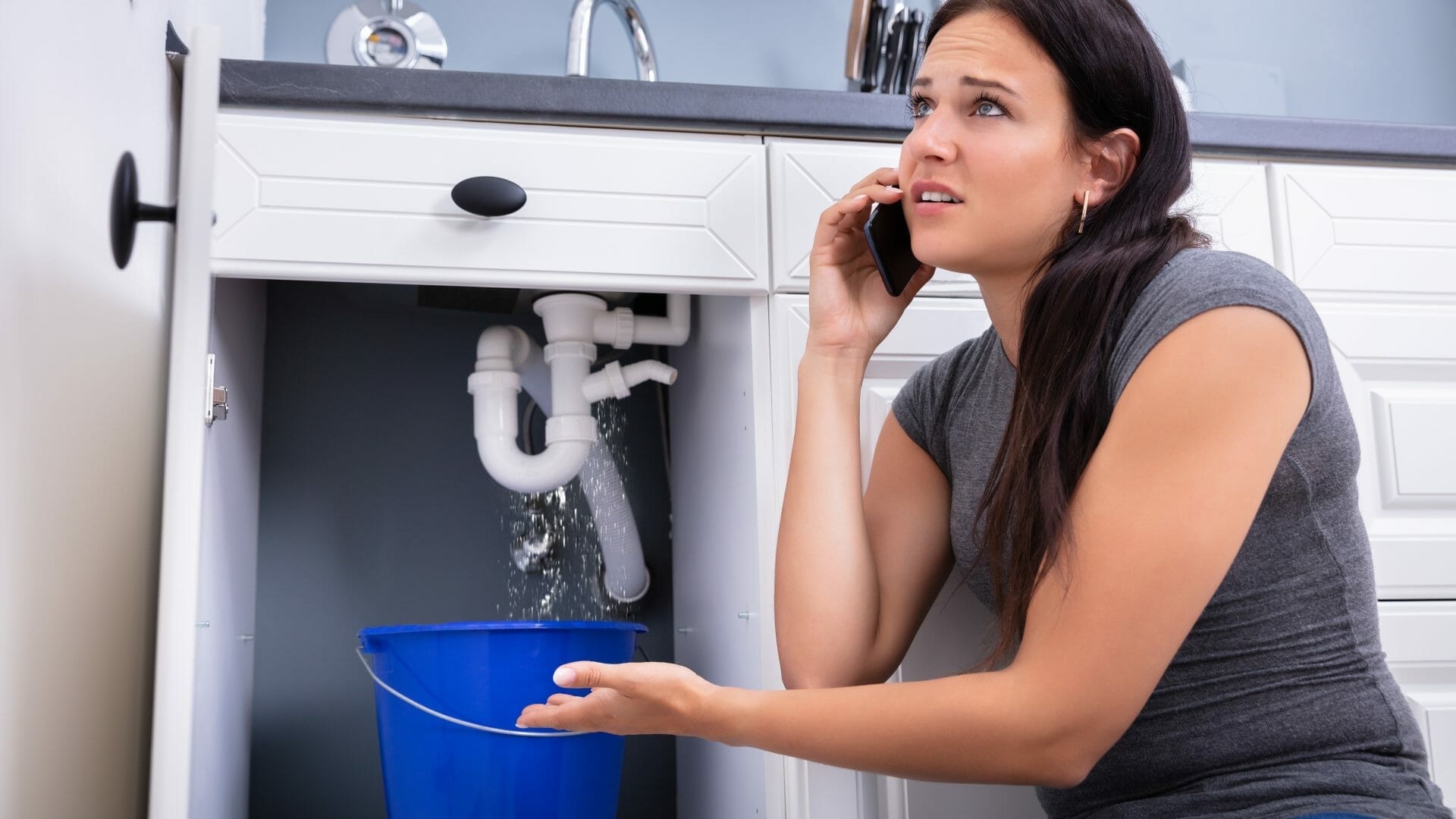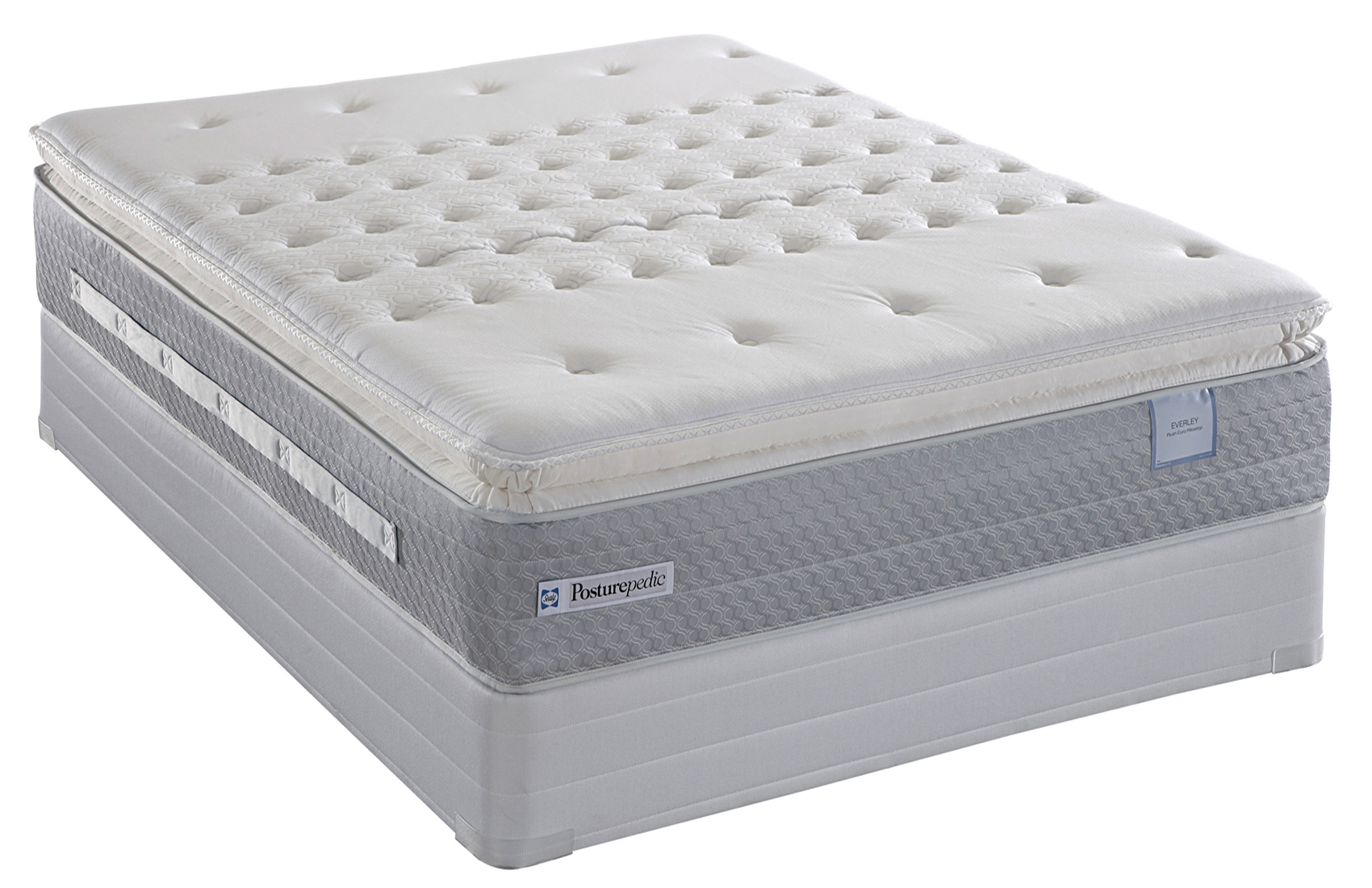If you're experiencing low or no water pressure in your kitchen sink, the first thing you should check is the water supply valve. This valve is typically located under the sink and controls the flow of water to your faucet. Make sure the valve is fully open and hasn't been accidentally turned off or partially closed. If the valve is not fully open, it can restrict the water flow and cause low pressure in your kitchen sink.Check the water supply valve
The aerator is a small mesh screen located at the end of your faucet. Its purpose is to control the flow of water and reduce splashing. However, over time, the aerator can become clogged with mineral deposits, debris, and sediment, which can significantly reduce water pressure. To check the aerator, unscrew it from the end of your faucet and clean it thoroughly. You can use a toothbrush and vinegar to remove any buildup and restore water flow.Check the aerator
If your home has a water pressure regulator, it could be the culprit behind your low water pressure. The water pressure regulator is a valve that controls the pressure of the water coming into your home. If it is not set correctly or has malfunctioned, it can cause low water pressure throughout your plumbing system. You can check the water pressure regulator by using a pressure gauge on an outdoor faucet. If the pressure is below 40 psi, you may need to adjust or replace the regulator.Check the water pressure regulator
Clogs in the pipes are a common cause of low water pressure in the kitchen sink. Over time, debris, hair, and other materials can build up in the pipes and restrict water flow. To check for clogs, you can try using a plunger or a drain snake to clear any blockages. If the clog is further down the pipe, you may need to call a plumber to use specialized tools to remove it.Check for clogs in the pipes
The faucet cartridge is the mechanism that controls the flow of water in your faucet. If it becomes worn or damaged, it can cause low water pressure. To check the faucet cartridge, you will need to disassemble your faucet and inspect the cartridge. If it is damaged, you will need to replace it to restore proper water flow.Check the faucet cartridge
Leaks in the pipes can also lead to low water pressure in your kitchen sink. Even small leaks can significantly impact water flow, so it's essential to check for any signs of leaks. Look for wet spots, dripping water, or mold growth near your pipes. If you find a leak, you will need to repair or replace the affected section of the pipe.Check for leaks in the pipes
If you're experiencing low water pressure in your kitchen sink, it's a good idea to check the water pressure in your other faucets as well. If the water pressure is low throughout your home, the issue may be with your main water supply or water pressure regulator. If it's only low in your kitchen sink, the problem is likely isolated to that specific faucet.Check the water pressure in other faucets
If your home has a tankless water heater, it may be the cause of your low water pressure. Tankless water heaters rely on a specific flow rate to activate the heating element, and if the flow rate is too low, it will not work correctly. Check your water heater's manual to determine the minimum flow rate required for it to function correctly. You may need to adjust the flow rate or call a plumber for assistance.Check the water heater
Sometimes, air can get trapped in your plumbing system, causing low water pressure. This is more common in homes with newer plumbing systems or after a plumbing repair. To release the air, turn on all the faucets in your home and let them run for a few minutes. This should help push out any trapped air and improve water pressure in your kitchen sink.Check for air in the pipes
If you've tried all of the above solutions and still have no water pressure in your kitchen sink, it may be time to call a plumber. They will have the tools and expertise to diagnose and fix the problem. It's always best to leave plumbing repairs to the professionals to avoid causing further damage or making the issue worse. If you're experiencing low or no water pressure in your kitchen sink, don't panic. There are several possible causes and solutions to this common issue. By checking the water supply valve, aerator, water pressure regulator, pipes, faucet cartridge, and other faucets, you can often identify and fix the problem on your own. However, if you're unsure or unable to resolve the issue, don't hesitate to call a plumber for assistance. With the right resources and tools, you can enjoy a fully functioning kitchen sink and a steady flow of water once again.Call a plumber
Common House Design Issues: How to Fix Low Water Pressure in Your Kitchen Sink

Introduction
 When it comes to designing a house, there are many factors to consider. From the layout to the materials used, every aspect plays a crucial role in creating a comfortable and functional living space. However, even with the most well-thought-out design, homeowners may still encounter problems, such as low water pressure in their kitchen sink. This issue can be frustrating and inconvenient, especially when trying to prepare meals or do dishes. But don't worry, in this article, we'll discuss the main causes of low water pressure in your kitchen sink and how to fix them.
When it comes to designing a house, there are many factors to consider. From the layout to the materials used, every aspect plays a crucial role in creating a comfortable and functional living space. However, even with the most well-thought-out design, homeowners may still encounter problems, such as low water pressure in their kitchen sink. This issue can be frustrating and inconvenient, especially when trying to prepare meals or do dishes. But don't worry, in this article, we'll discuss the main causes of low water pressure in your kitchen sink and how to fix them.
Main Cause: Clogged Faucet Aerator
 One of the main culprits for low water pressure in the kitchen sink is a clogged faucet aerator.
The aerator is a small device attached to the end of the faucet that controls the flow and disperses the water evenly. Over time, sediment, minerals, and debris can build up in the aerator, blocking the flow of water and reducing the pressure. This is a common issue, especially in areas with hard water, and can easily be fixed by cleaning or replacing the aerator.
One of the main culprits for low water pressure in the kitchen sink is a clogged faucet aerator.
The aerator is a small device attached to the end of the faucet that controls the flow and disperses the water evenly. Over time, sediment, minerals, and debris can build up in the aerator, blocking the flow of water and reducing the pressure. This is a common issue, especially in areas with hard water, and can easily be fixed by cleaning or replacing the aerator.
Secondary Cause: Blocked Water Supply Lines
 Another reason for low water pressure in the kitchen sink could be blocked water supply lines.
These are the pipes that connect the main water supply to your sink. Over time, these lines can become clogged with sediment, rust, and other debris, restricting the flow of water. This is more common in older houses with outdated plumbing systems. To fix this issue, the water supply lines may need to be replaced or cleaned out by a professional plumber.
Another reason for low water pressure in the kitchen sink could be blocked water supply lines.
These are the pipes that connect the main water supply to your sink. Over time, these lines can become clogged with sediment, rust, and other debris, restricting the flow of water. This is more common in older houses with outdated plumbing systems. To fix this issue, the water supply lines may need to be replaced or cleaned out by a professional plumber.
Other Factors to Consider
 While a clogged faucet aerator and blocked water supply lines are the most common causes of low water pressure in the kitchen sink, there are other factors that may contribute to this issue.
Old and outdated plumbing fixtures, faulty valves, and even a leak in the water supply line can also affect the water pressure in your sink.
If you've tried cleaning the aerator and checking the water supply lines but are still experiencing low water pressure, it's best to consult a professional plumber to further diagnose and fix the issue.
While a clogged faucet aerator and blocked water supply lines are the most common causes of low water pressure in the kitchen sink, there are other factors that may contribute to this issue.
Old and outdated plumbing fixtures, faulty valves, and even a leak in the water supply line can also affect the water pressure in your sink.
If you've tried cleaning the aerator and checking the water supply lines but are still experiencing low water pressure, it's best to consult a professional plumber to further diagnose and fix the issue.
Conclusion
 In conclusion, low water pressure in the kitchen sink can be a frustrating problem for homeowners. However, understanding the main causes and taking the necessary steps to fix them can greatly improve the water pressure in your sink. Remember to regularly clean or replace your faucet aerator and keep an eye out for any signs of clogged water supply lines. And if all else fails, don't hesitate to seek professional help. By addressing the issue promptly and effectively, you can ensure a functional and efficient kitchen in your well-designed house.
In conclusion, low water pressure in the kitchen sink can be a frustrating problem for homeowners. However, understanding the main causes and taking the necessary steps to fix them can greatly improve the water pressure in your sink. Remember to regularly clean or replace your faucet aerator and keep an eye out for any signs of clogged water supply lines. And if all else fails, don't hesitate to seek professional help. By addressing the issue promptly and effectively, you can ensure a functional and efficient kitchen in your well-designed house.
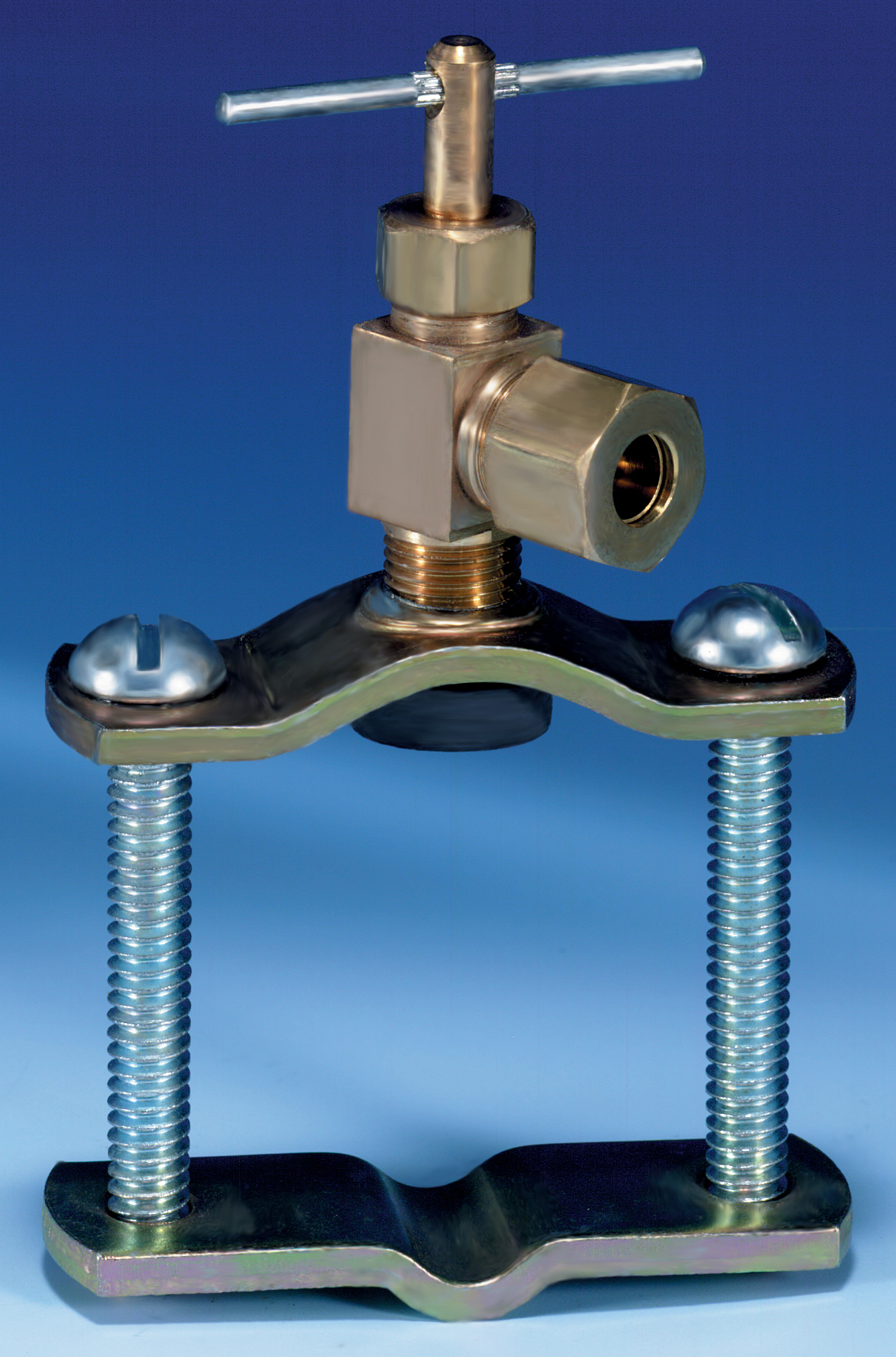






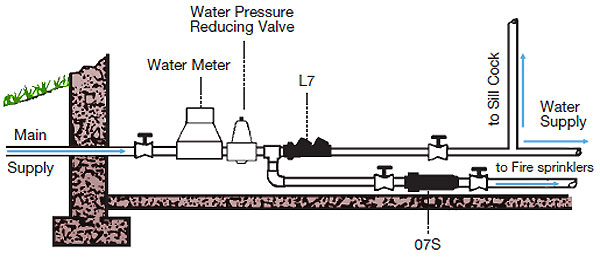












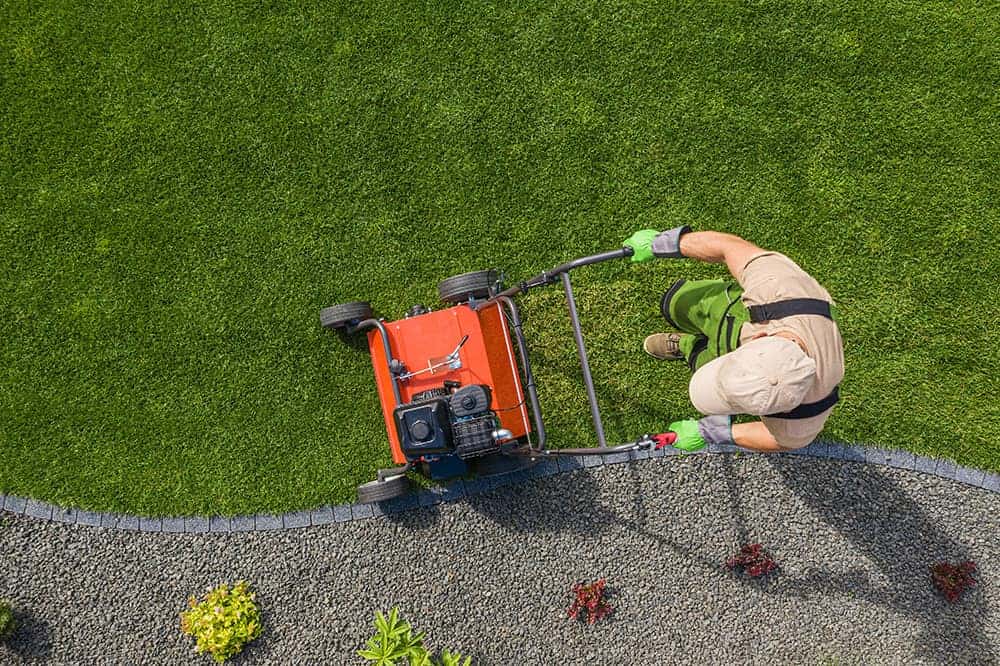




:max_bytes(150000):strip_icc()/the-men-s-hand-opens-the-ball-valve-on-the-collector-1006810456-5c5fc73fc9e77c000159c4af.jpg)

















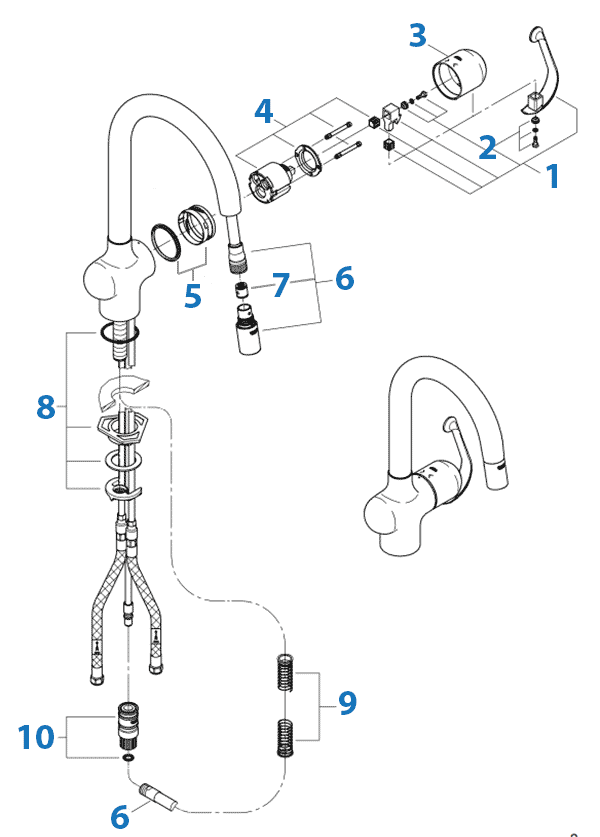









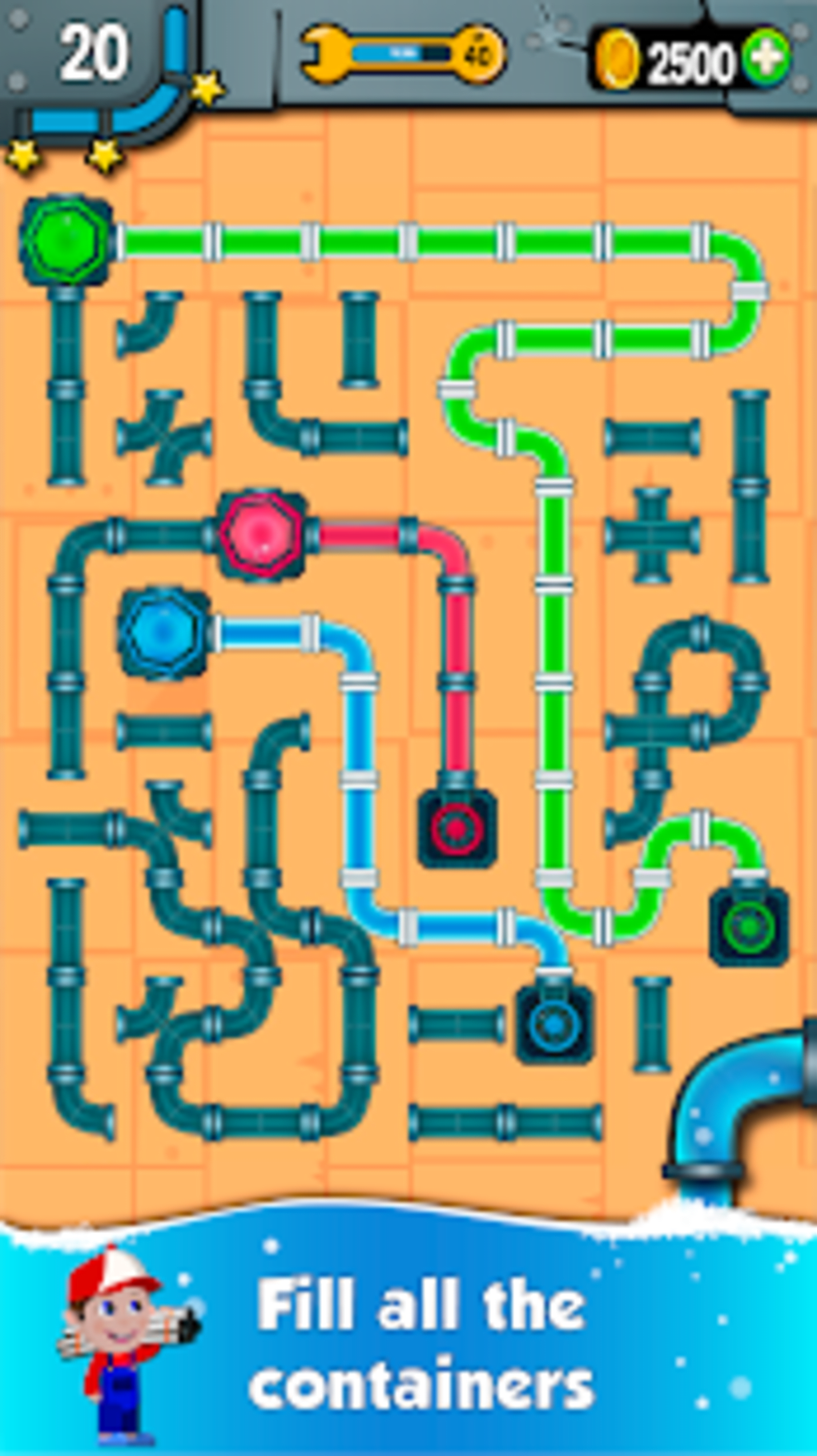

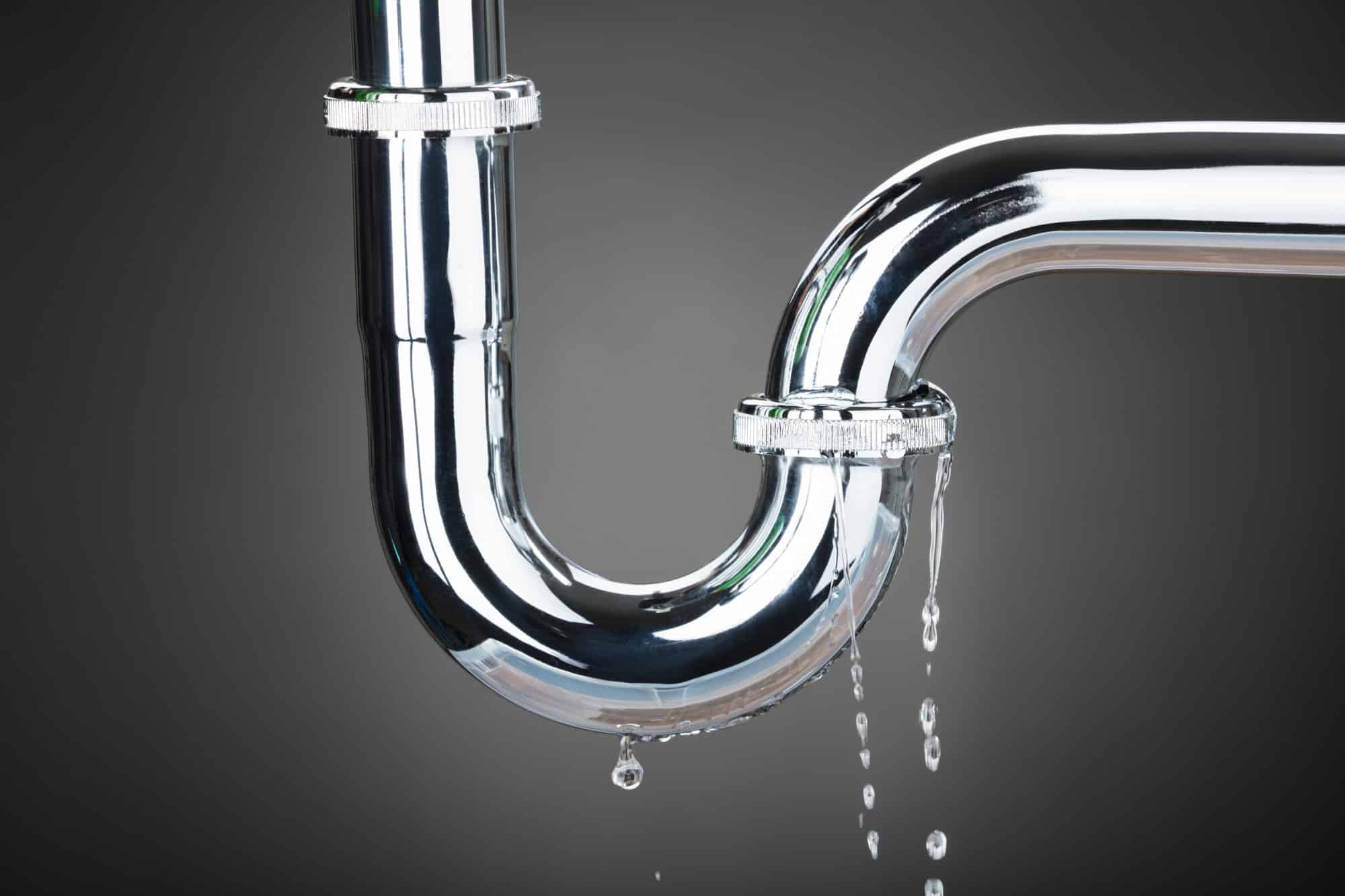
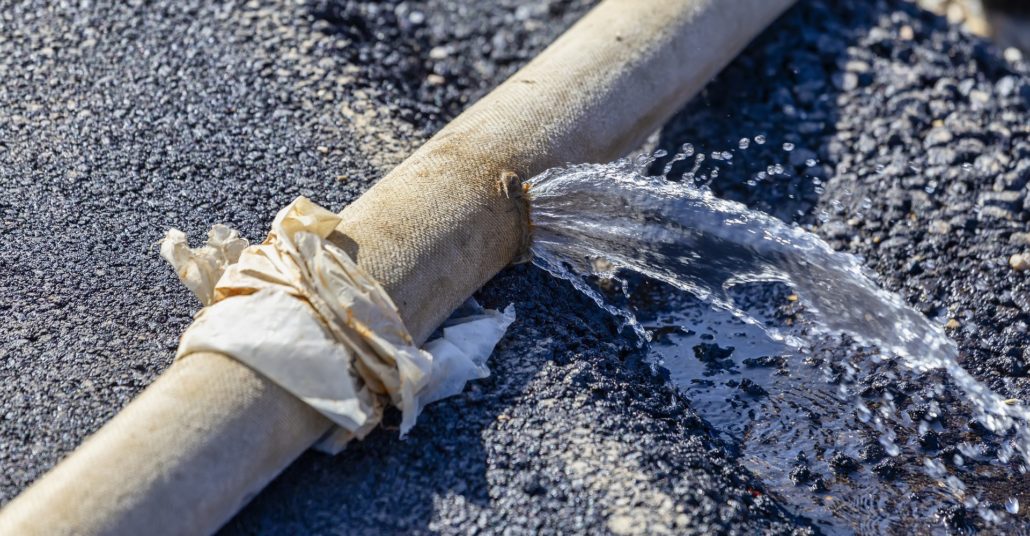
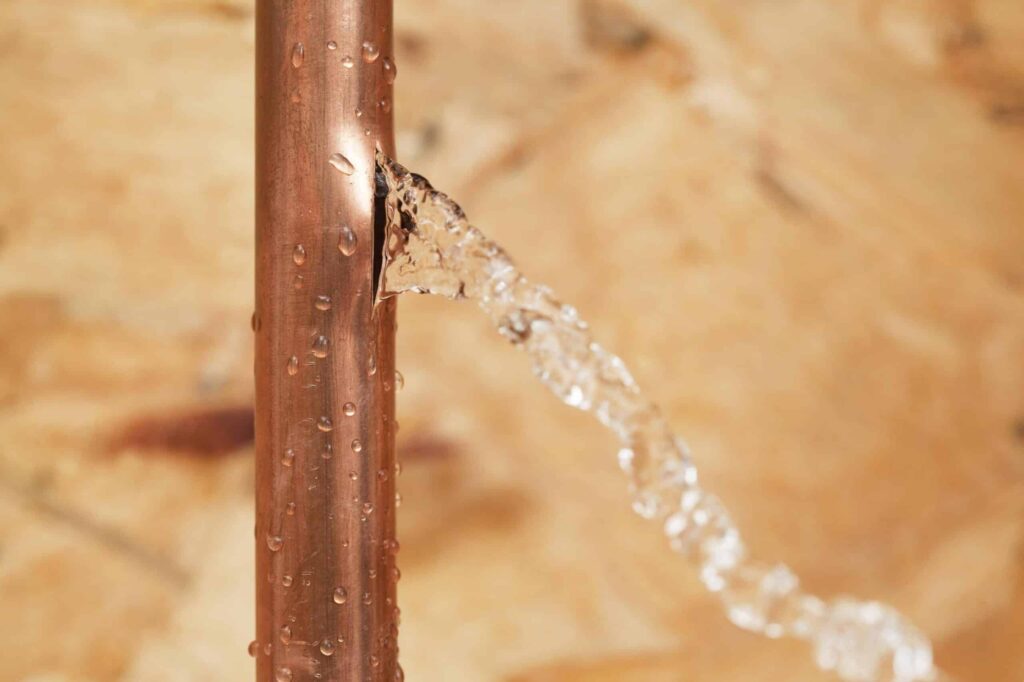


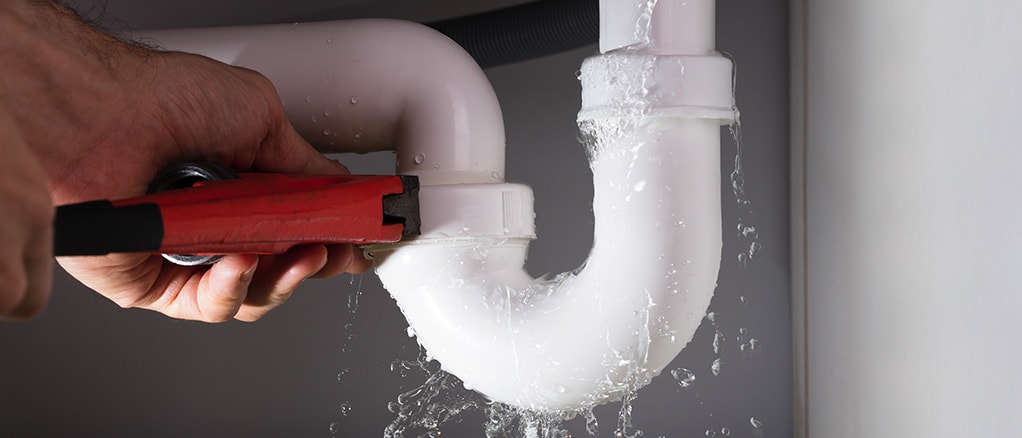
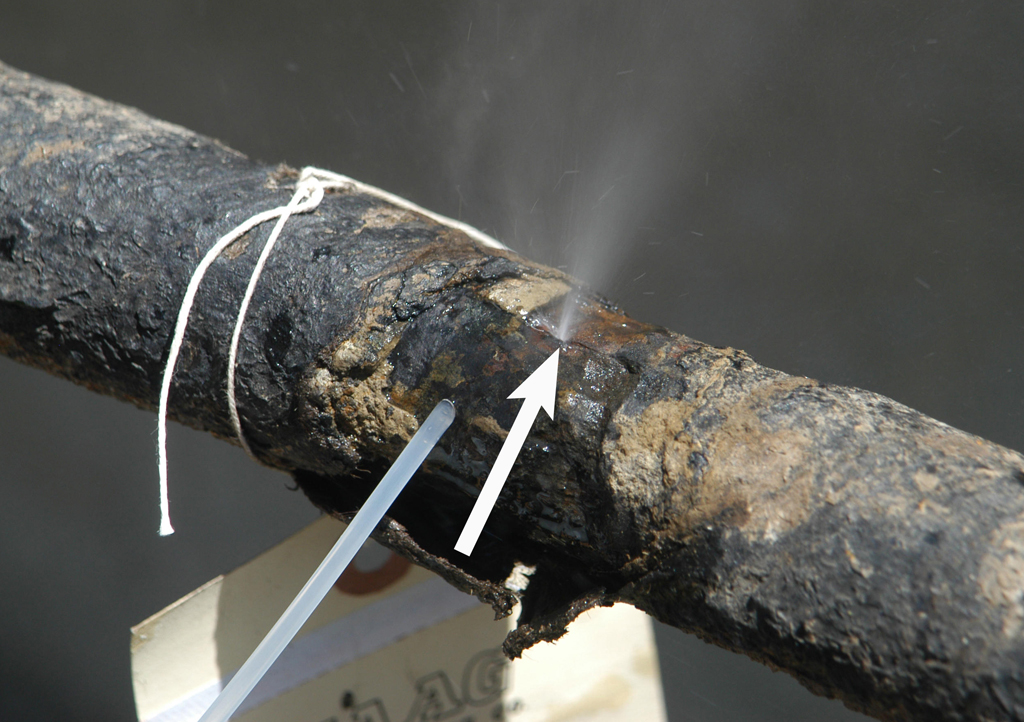
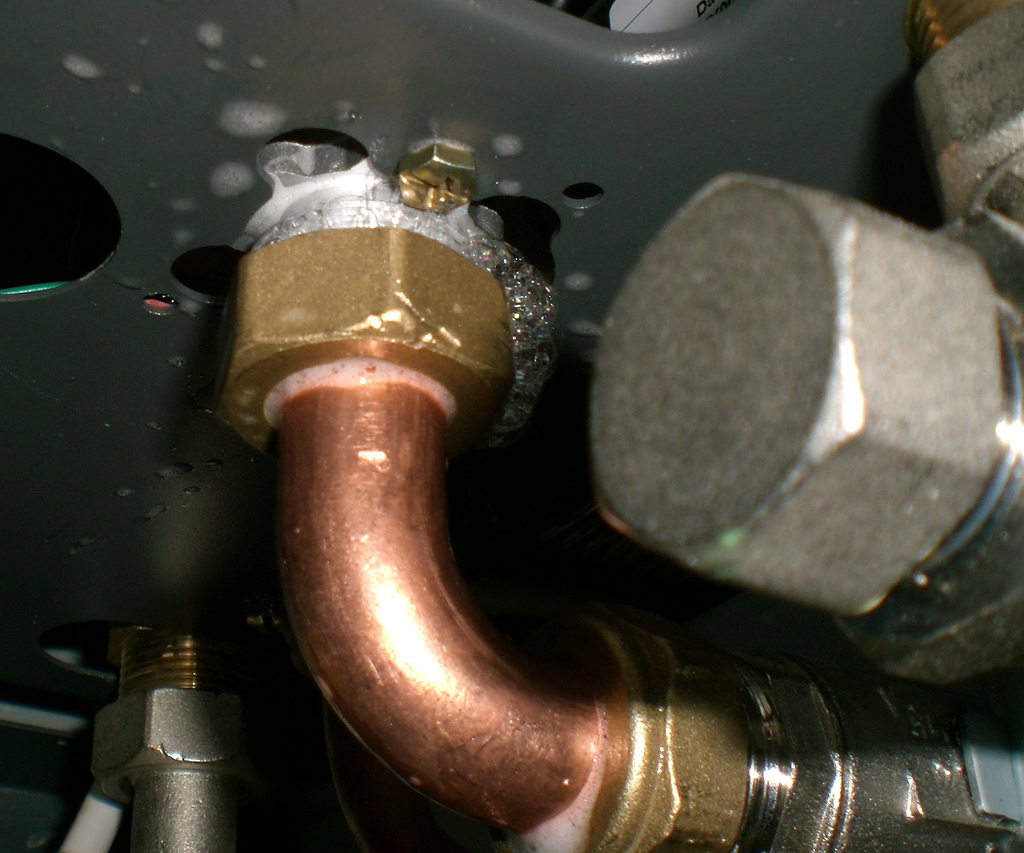


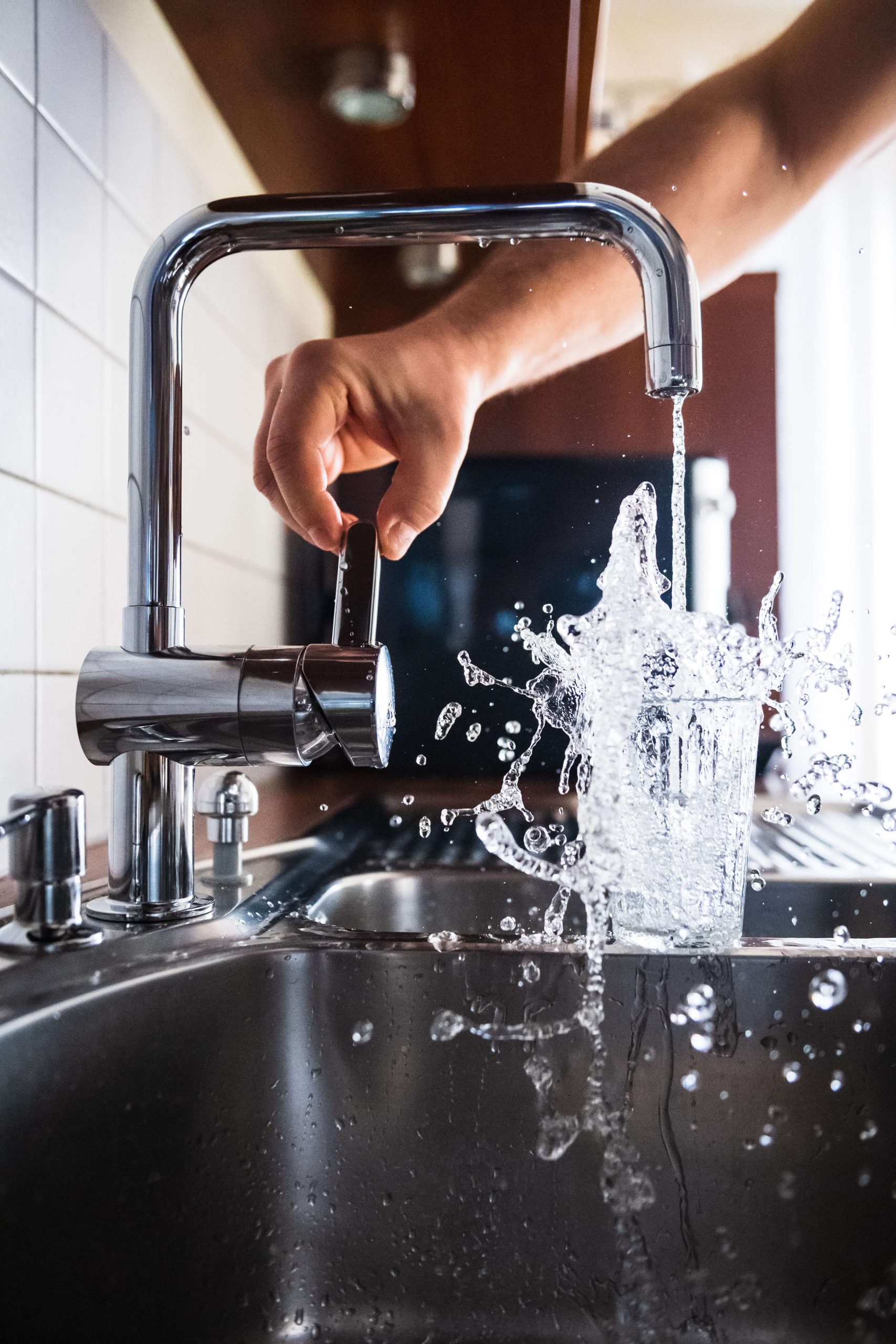

:max_bytes(150000):strip_icc()/testing-water-pressure-in-your-home-2718692-04-c37ab3236d0d4b61b87079ebf9ef823e.jpg)
/testing-water-pressure-in-your-home-2718692-hero-98f45508ca5d44b6b551034ac5cedab5.jpg)




